In this section:
Lady Bird’s Law and its Legacy
Billboards that are located within 660 feet of federal-aid roads are regulated under the Highway Beautification Act (HBA) of 1965, also known as “Lady Bird’s Law.” Federal-aid roads include all national highways and many other public roads that are not classified as local roads or rural minor collectors.
Passed by Congress and signed by President Lyndon B. Johnson, the HBA:
- Requires states to maintain “effective control” of outdoor advertising along federal highways or else be subject to a loss of 10 percent of their federal-aid highway fund.
- Prohibits billboards in areas with non-commercial activity.
- Prohibits new billboards that don’t conform to certain size, spacing, and lighting requirements.
When the HBA was passed, each state was required to enter into a mandatory agreement with the federal government that set forth sign controls in commercial and industrial areas based on customary usage within the individual state at the time the agreement was signed.
Billboards that are not located along federal aid roads are regulated by local sign ordinances that vary by community. Local cities, towns, or counties may impose stricter regulations on outdoor advertising than the state or federal government does. Additionally, nonconforming signs on state or local roads not covered by the Highway Beautification Act are often governed by local ordinances that do not allow them to be substantially altered or expanded either.

About the Highway Beautification Act
Learn more about the Highway Beautification Act and its history, applications, and challenges that have emerged with its enforcement.
Who owns the land on which billboards are sited?
Billboard companies usually lease the land where billboards are erected from third-party landlords. In almost all states, billboard structures are considered trade fixtures permanently affixed to the land unless otherwise characterized in the lease agreement between the landowner and the sign company.
The value of billboards is derived directly from public use of the roadways.

Tree Cutting
Even though billboard companies don’t usually own the land on which they’re located, it is legal in 32 states for advertising companies to clearcut trees simply for better billboard visibility.

Amortization and Just Compensation
When a billboard is removed for highway projects or other reasons, outdoor advertising companies often seek cash compensation that far exceeds the value of the signs themselves, pushing the costs onto taxpayers.
Billboards and the First Amendment
Most local jurisdictions have the right to enact strict bans on digital signs in spite of state rules that may permit them. In almost all states, localities may ban billboards outright or may restrict the size and types of billboards that are allowed.
The only thing they cannot restrict is the content and what appears on the billboard.
In 2022, the U.S. Supreme Court affirmed the constitutionality of digital billboard bans in the case of City of Austin v. Reagan.
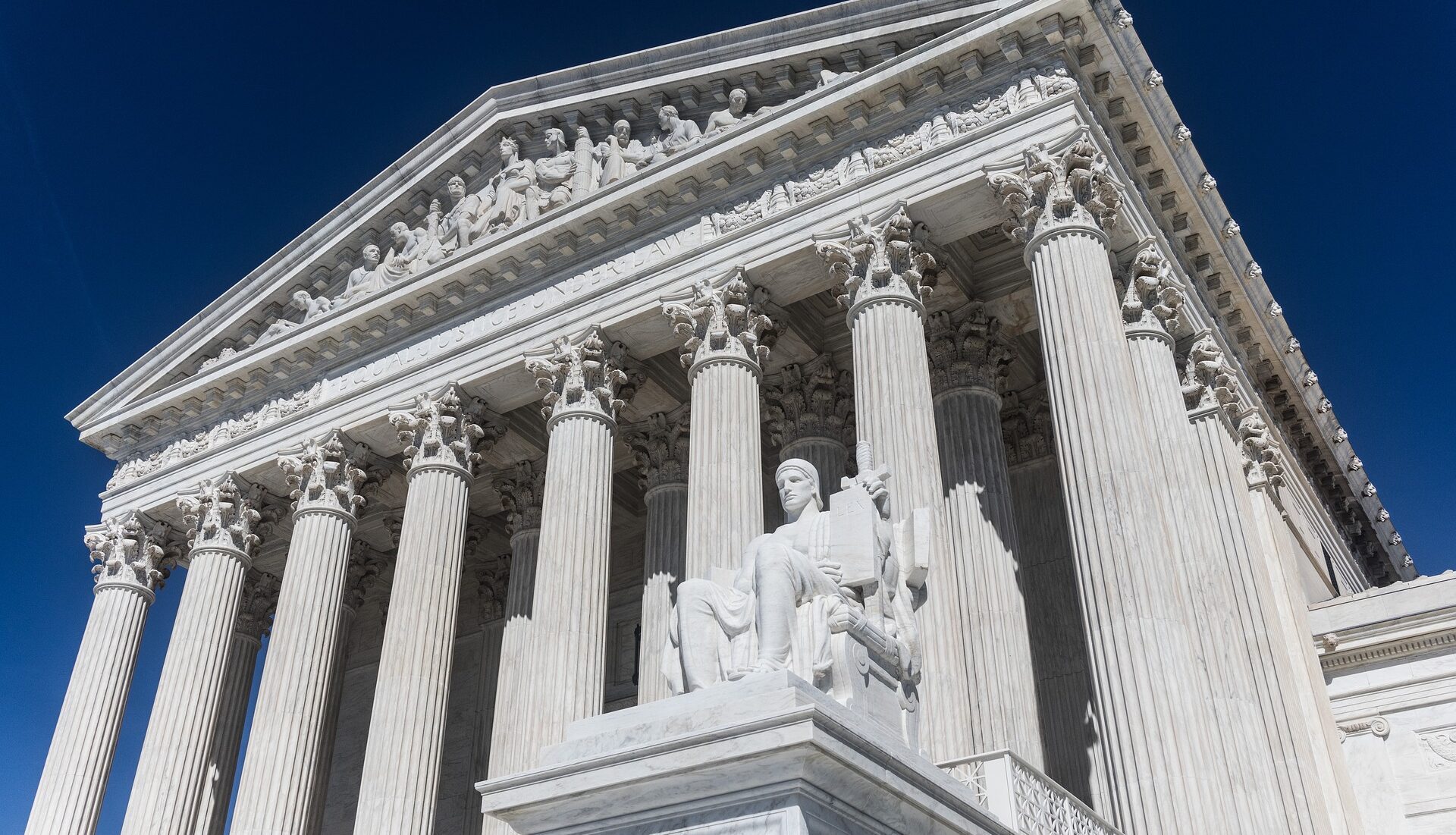
Important Legal Cases
View summaries of important legal cases that have addressed signage issues.

Tools and Resources
View research, case studies, and other useful tools to assist you with billboard and signage matters in your community.
Related News
-
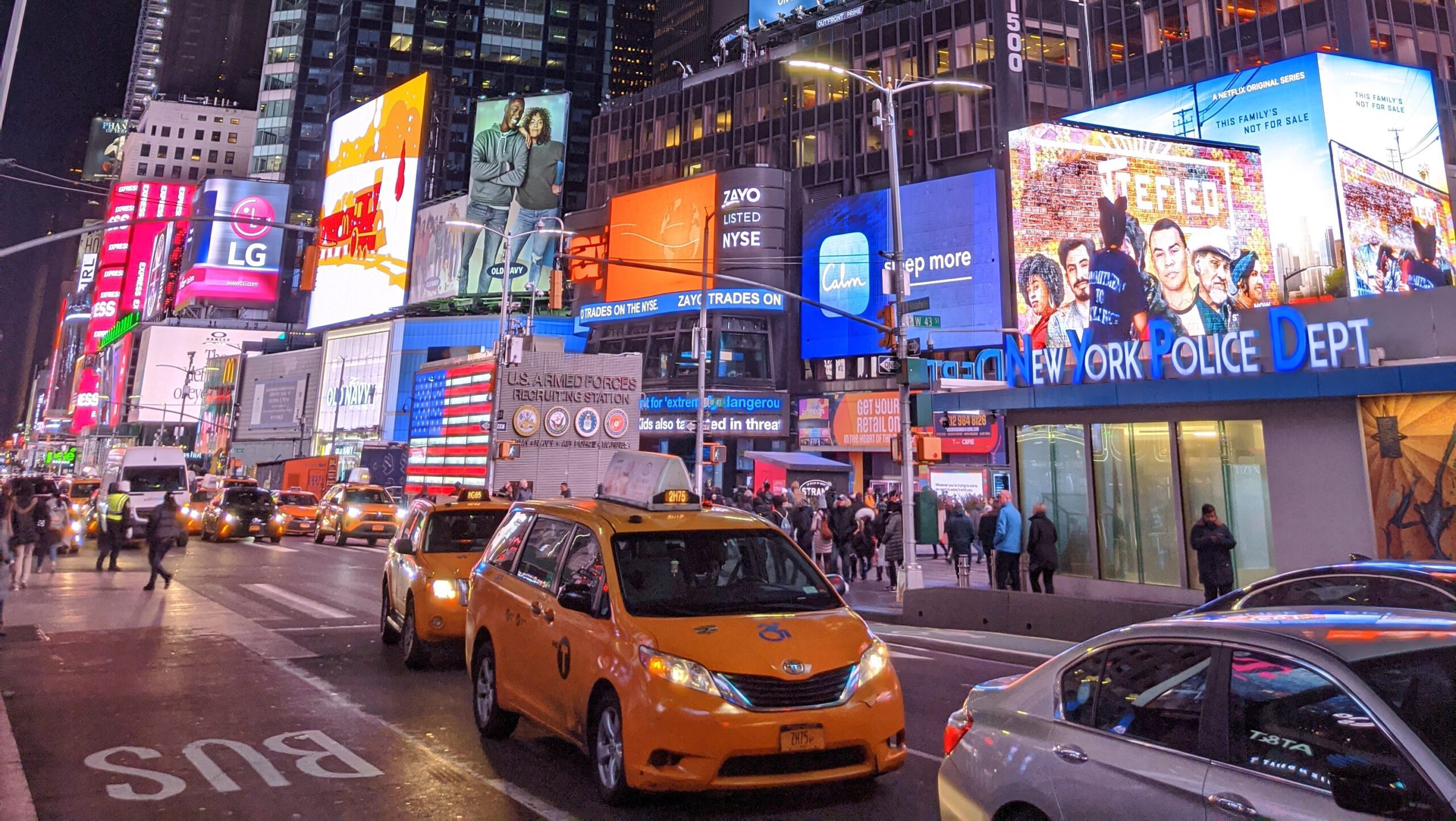 Scenic America Statement on New York Senate Bill 6809: Supporting…New York is taking a bold step to protect public safety and scenic beauty with…
Scenic America Statement on New York Senate Bill 6809: Supporting…New York is taking a bold step to protect public safety and scenic beauty with… -
 Scenic America Launches Groundbreaking Carbon Calculator to Track Lost Carbon…Scenic America has unveiled a groundbreaking new tool designed to measure the environmental impact of…
Scenic America Launches Groundbreaking Carbon Calculator to Track Lost Carbon…Scenic America has unveiled a groundbreaking new tool designed to measure the environmental impact of… -
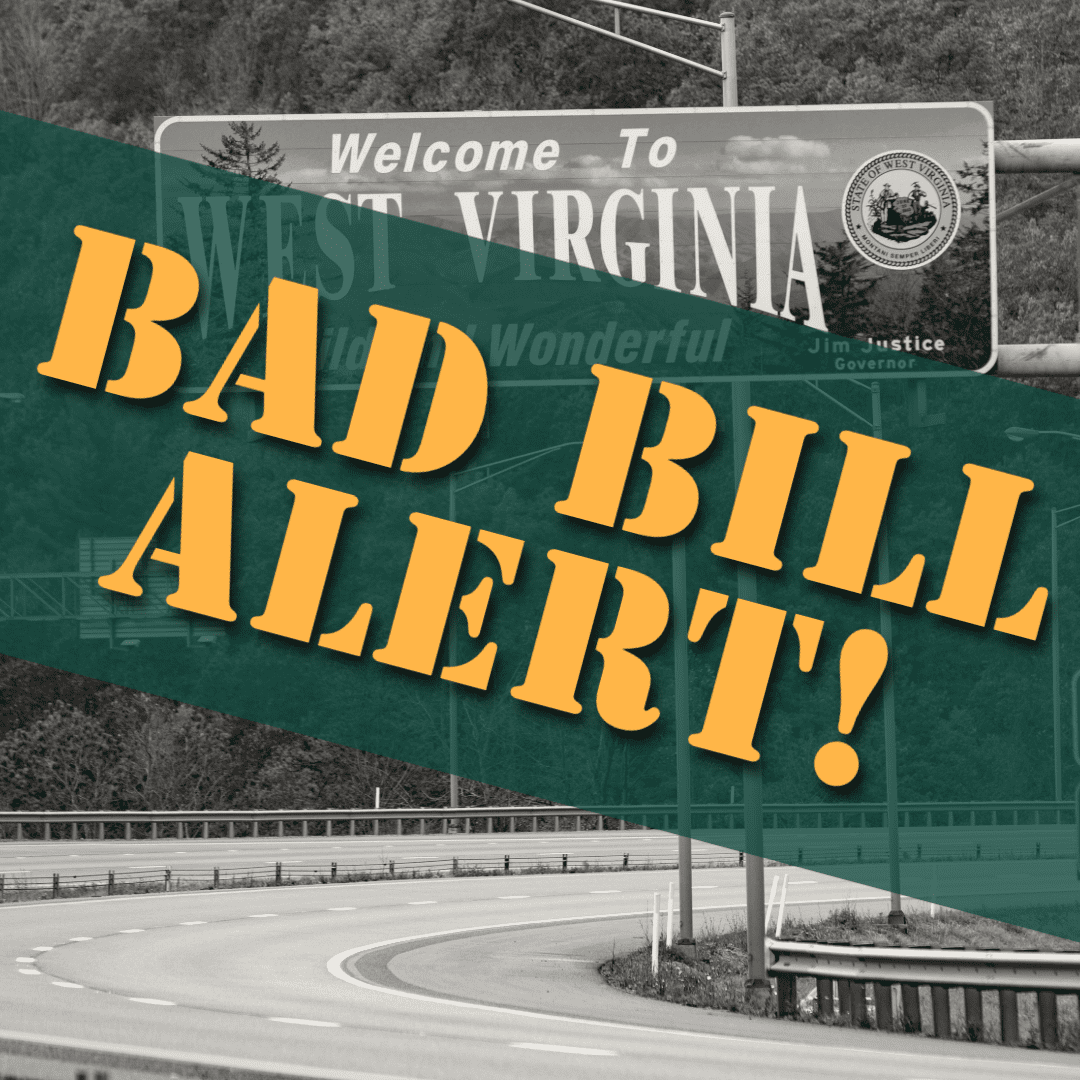 Bad Bill Alert: West Virginia House Bill 2676 Aims to…West Virginia’s scenic landscapes and community spaces are under threat from House Bill 2676, a…
Bad Bill Alert: West Virginia House Bill 2676 Aims to…West Virginia’s scenic landscapes and community spaces are under threat from House Bill 2676, a… -
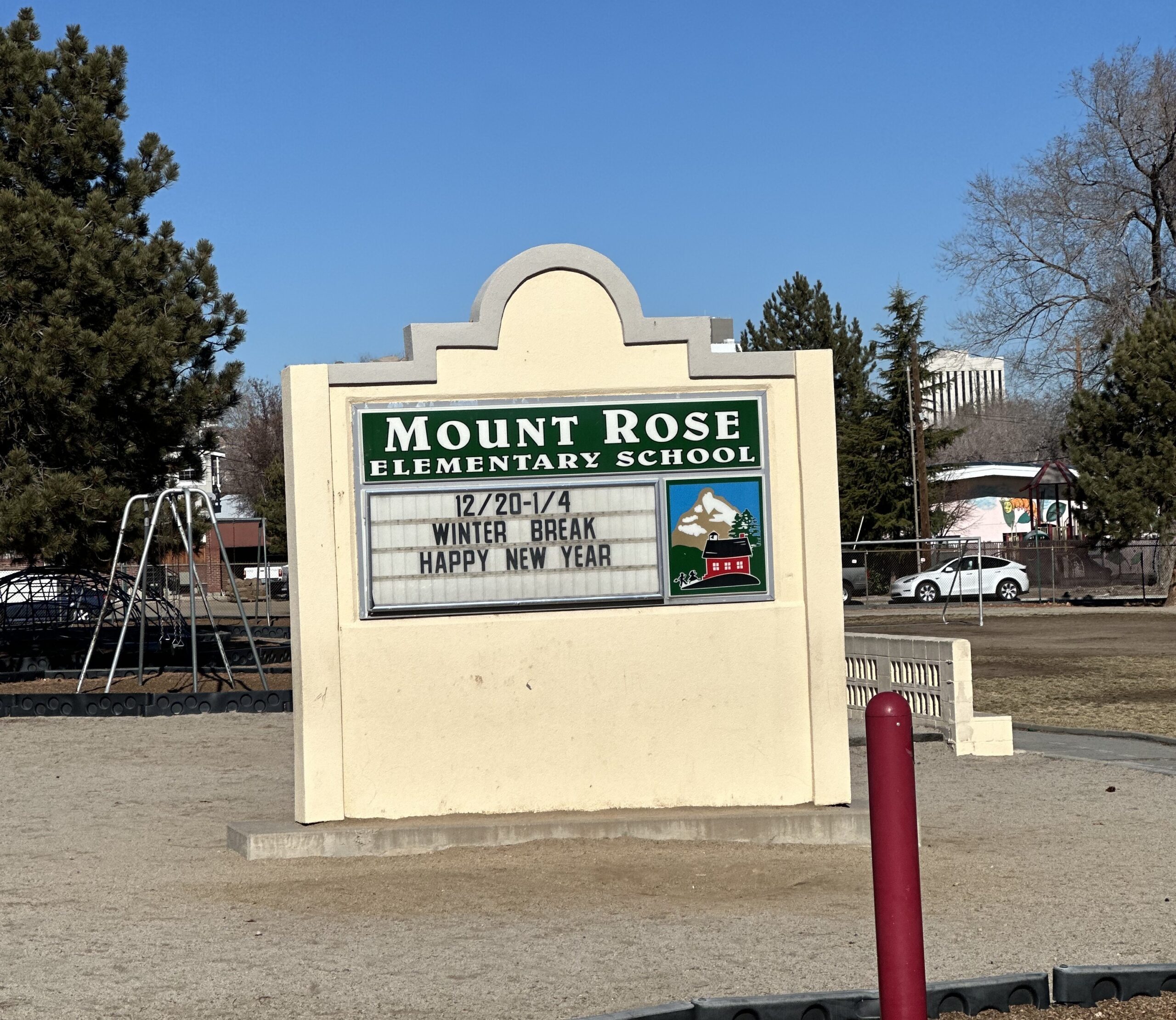 ALERT: City of Reno Considers Digital Signs for SchoolsProposed changes to Reno’s sign code will be presented at virtual meetings next week to…
ALERT: City of Reno Considers Digital Signs for SchoolsProposed changes to Reno’s sign code will be presented at virtual meetings next week to…
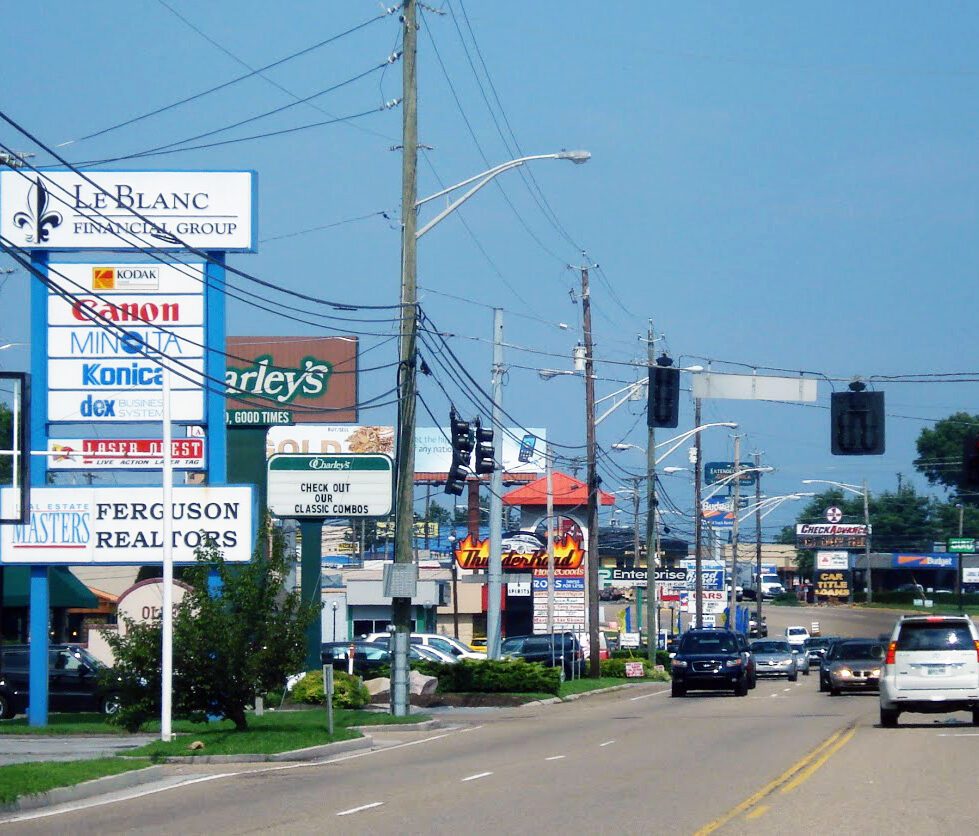
We're Leading the Fight Against Blight
But we can't do it without help from concerned citizens like you.
Give Now